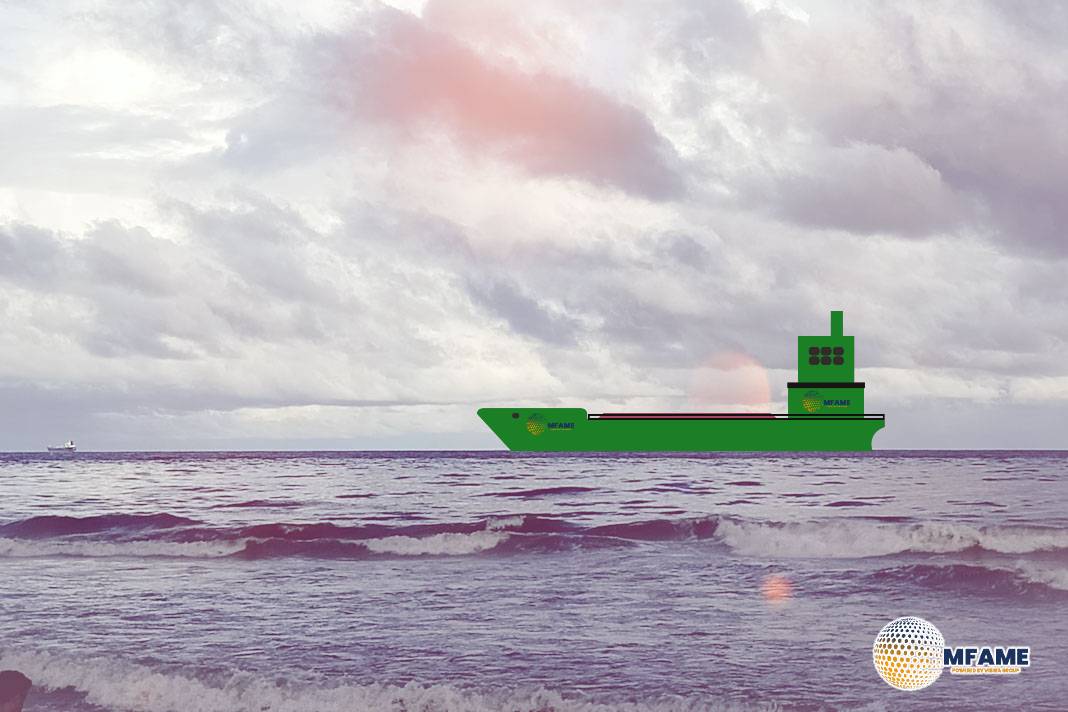- Western Share in Russian Crude Exports Falls in July.
- EU-UK Enforce Stricter $47.60 Oil Price Cap.
- Greek Tankers Regain Ground but Face Sanctions Risk.
Since July, oil tankers linked to the G7 have begun to pull back from Russia, anticipating the new price cap of $47.60 per barrel set by the EU and UK, which takes effect in early September, reports S&P Global.
Decline in Western-Linked Liftings
According to data from S&P Global, in July, 37.3% of Russia’s crude oil, which totals 3.5 million barrels per day, was transported by tankers associated with the G7, EU, Australia, Switzerland, or Norway. This is a decrease from 39.1% in June.
New Cap Triggers Withdrawal
The new regulations from the EU and UK prohibit maritime companies from facilitating Russian crude trades that exceed $47.60 per barrel. Although the G7 continues to uphold a $60 per barrel cap, many operators are choosing to exit the market due to concerns over insurance.
“Although two price caps among G7 members are expected from September, most Western operators may likely adhere to the lower threshold to maintain access to critical elements such as insurance,” said Hafnia to Platts.
Urals Price Supports Greek Trades
Urals crude has mostly been hovering below $60 per barrel, with the latest assessment showing it at $57.355 per barrel on August 5. This situation has given Greek operators a competitive advantage in Russian exports, as Suezmax rates soared to $6 million on the same day.
Greek Outlook Uncertain
However, the outlook for Greek tankers is a bit wobbly, with liftings dropping to 21.7 million barrels in July, down from 24.5 million in June.
“Greek operators obviously will need to care about EU sanctions, because Greece is part of the EU,” said Richard Matthews, Gibson Shipbrokers
Shadow Fleet Fills the Gap
Analysts say Russia can rely on the shadow fleet, which handled 63% of July exports (2.17 million b/d), though still below the 3 million b/d peak in Dec 2024.
“Considering the recent lowering of Russian crude oil price cap, unless producers there opt to accept lower prices — which is unlikely — it is probable that more Russian crude will move on” tankers in legally dubious trades said BRS
Sanction-Breaching Ships Rise
By May 2025, 940 tankers were flagged for sanctions risk, up from 591 in April, per S&P Global. “Fleet growth has rebounded strongly so far this year,” BRS said
Sanctioned ships often transfer cargo to clean vessels mid-route. “Shadow fleet would continue to absorb mounting regulatory pressure,” CAS analysts said. “EU- and UK-sanctioned vessels have continued to transport Russian crude even after being designated.”
Did you subscribe to our daily Newsletter?
It’s Free Click here to Subscribe!
Source: S&P Global

















